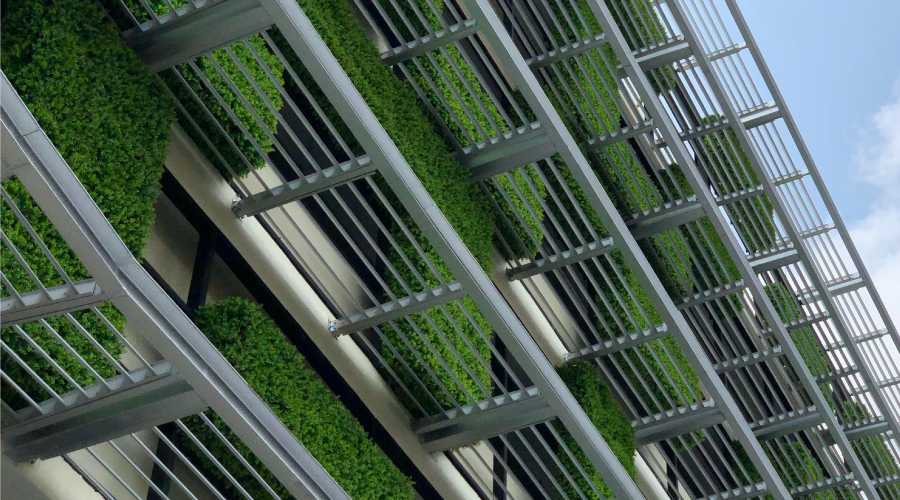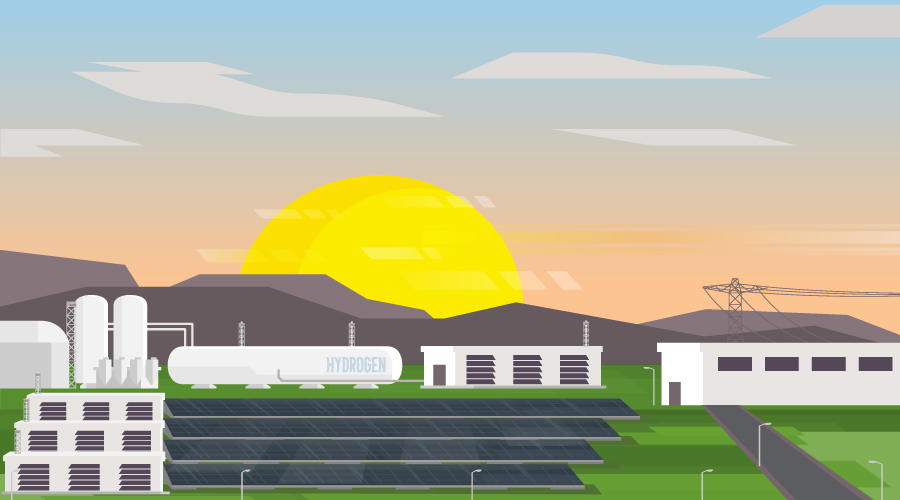Design, Sustainable Practices Are Natural Fit for High-Performance Workplace
High performance has a number of meanings. Facility managers today are committed to achieving it, but their focus tends to come from an operations and facilities perspective, placing great emphasis on a building’s physical efficiency, sustainability, and waste. In the workplace, high performance takes on a different definition, with companies typically concentrating on employee productivity. To increase that productivity, facility managers are working with architects and designers to reinvent the workplace, stimulating more collaboration and innovation. Yet, while the design elements of a high—performance workplace and the sustainable practices of a high—performance building may not start out with the same objectives, ultimately they end up complementing one another in a very successful way. Among the common links is the concept of a reduced footprint.
The list of alternative workplace design trends (agile, activity—based work, hoteling, enclosed work settings, free address, etc.) is long and varied; each reflects a company’s desire to create a more innovative environment for its employees.
Interestingly, the perception of high performance varies from company to company. A more traditional, conservative company may find that reducing its real estate footprint, decreasing workstation size, and lowering workstation panels adds just the forward—thinking design that is needed. On the more modern, cutting—edge end of the spectrum, some companies are eliminating assigned work spaces altogether, migrating toward an activity—based workplace and completely revamping how staff use space as a component of work. Regardless of how small or dramatic the change may be, each of these steps is taken to increase the performance of the workforce through workplace design.
In looking at workplaces and buildings, three common factors link the twin sides of high performance, starting with:
Reduced Footprint
In the quest to become leaner in operations or revitalize the corporate culture, many businesses are reevaluating their use of office real estate, factoring in the evolving demographics of their workplace, and choosing to “right—size” in one or more of the following ways:
- Eliminating or reducing the quantity of enclosed private offices.
- Reducing the size of offices and workstations.
- Reducing the one—to—one person—to—seat ratio through mobile work assignments and alternative work styles.
Regardless of how aggressive the reduction may be, the end result is a real estate savings for the business, as a more efficient density in the workplace translates to an overall smaller brick—and—mortar footprint to be built or leased. The overall impact to the environment is lessened because more green space is preserved and energy consumption is reduced.
Related Topics:













